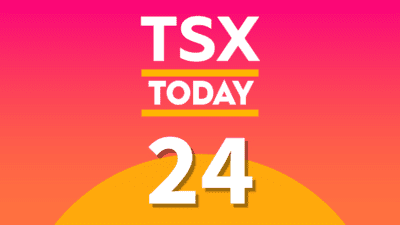On Wednesday, Tim Hortons Inc. (TSX: THI)(NYSE: THI) released its second-quarter results, with earnings per share increasing 13.6% compared to a year earlier. As a result, shares rose 7.39% to $64.52.
What do investors need to know?
The strategic plan
In March, Tim Hortons identified that it lagged behind its quick service restaurant peers in average bill size in many categories, including a 45% difference in average bill size for evening snacks and 32% for afternoon snacks.
It identified these average bill gaps as opportunities for improvement.
Executing the plan
Management specifically highlighted three products launched in Q1 that drove a higher average bill size in Q2. They were the crispy chicken sandwich, the turkey sausage hot breakfast sandwich, and the improved hash browns.
While not wanting to get into specifics, management strongly hinted that the significant bundling of products at breakfast and lunch is driving more revenue.
Essentially, instead of a customer buying that one cup of coffee, Tim Hortons is having success in upselling customers on additional products.
Leveraging technology
As I wrote about previously and confirmed in this quarterly report, the Tim Hortons Double Double Visa Card, which the restaurant recently introduced, is about more than just loyalty. It will also enable the company to “leverage and aggregate consumer insights” to further understand its customers.
Good capital stewardship
Management continues to leverage a low interest rate, having issued $900 million of new debt while also having repurchased $1 billion worth of shares at an average price of more than $55 per share since August 2013.
Investors should note that, excluding stock buybacks, EPS would have been flat year over year. It just goes to show that stock buybacks remain a key element for shareholder total return.
Where is the volume?
While management has done a good job in upselling customers with additional products, Canadian operations showed lower same-store transactions. This may suggest that while new products have had an impact on existing customers, a more complex menu may have led to slower service, leading to turned off customers.
Ultimately, Wednesday’s rise in stock prices reflects enthusiasm in new products that may continuously drive existing customers to spend more in the morning and at lunch times. This, coupled with a good capital allocation policy, at current valuations, means that Tim Hortons should continue to outperform the market in the short term.







